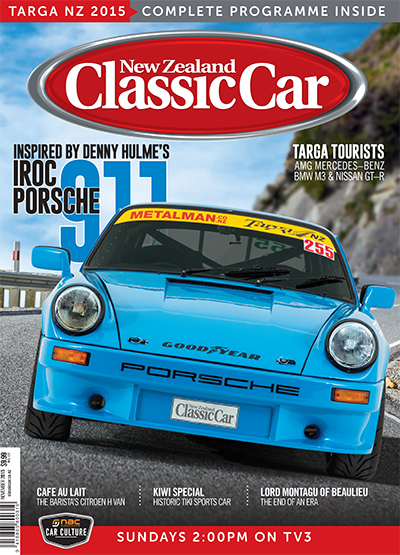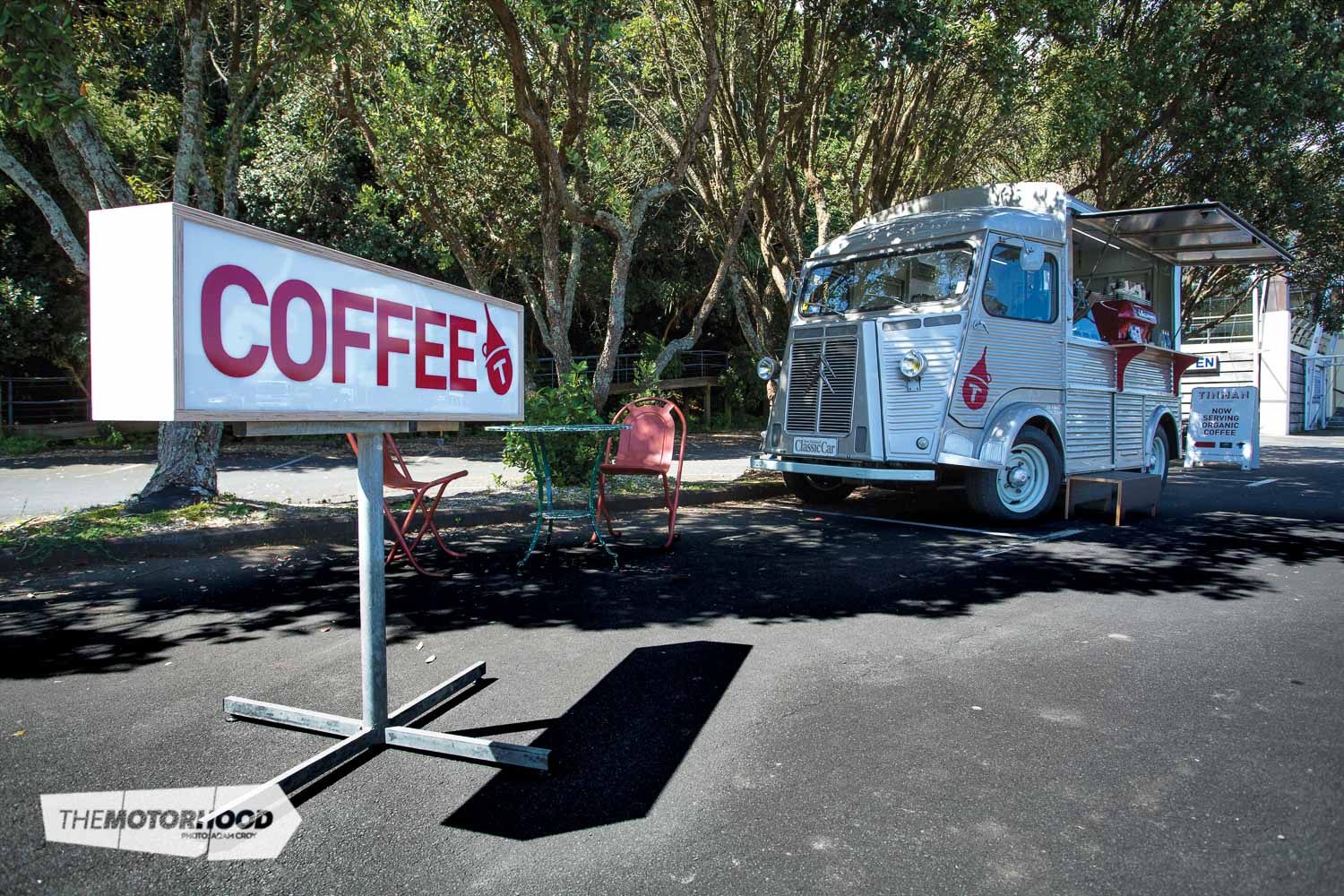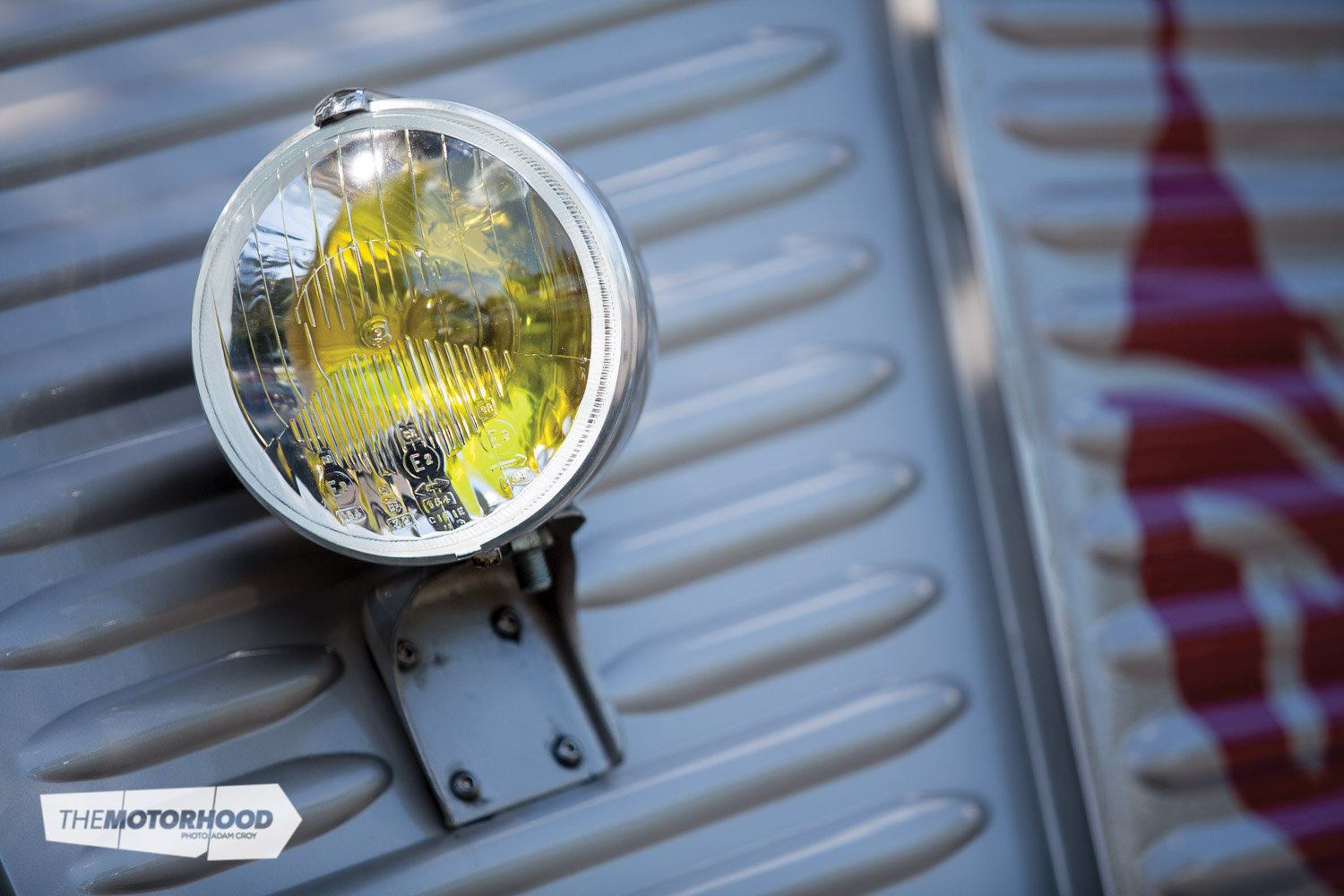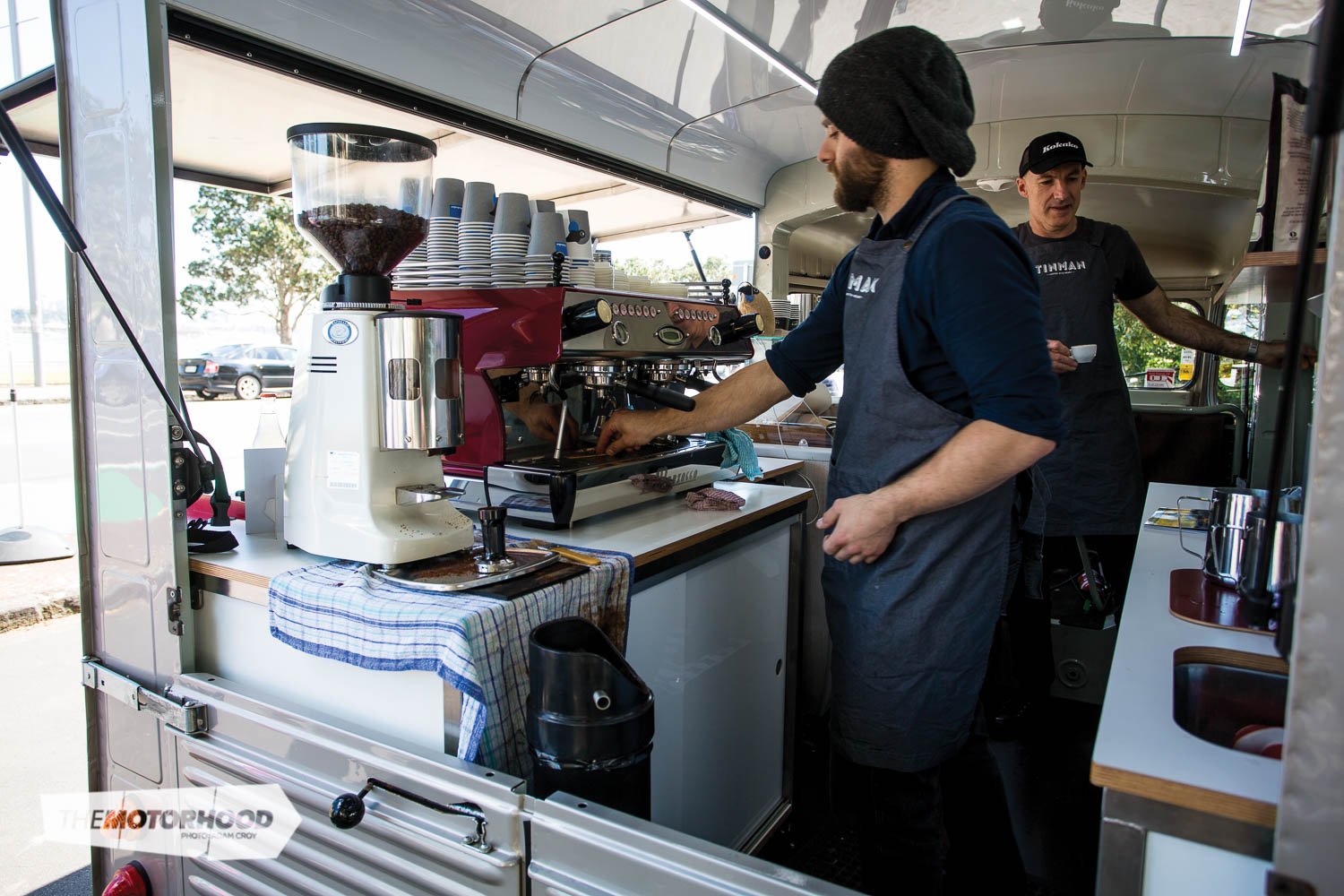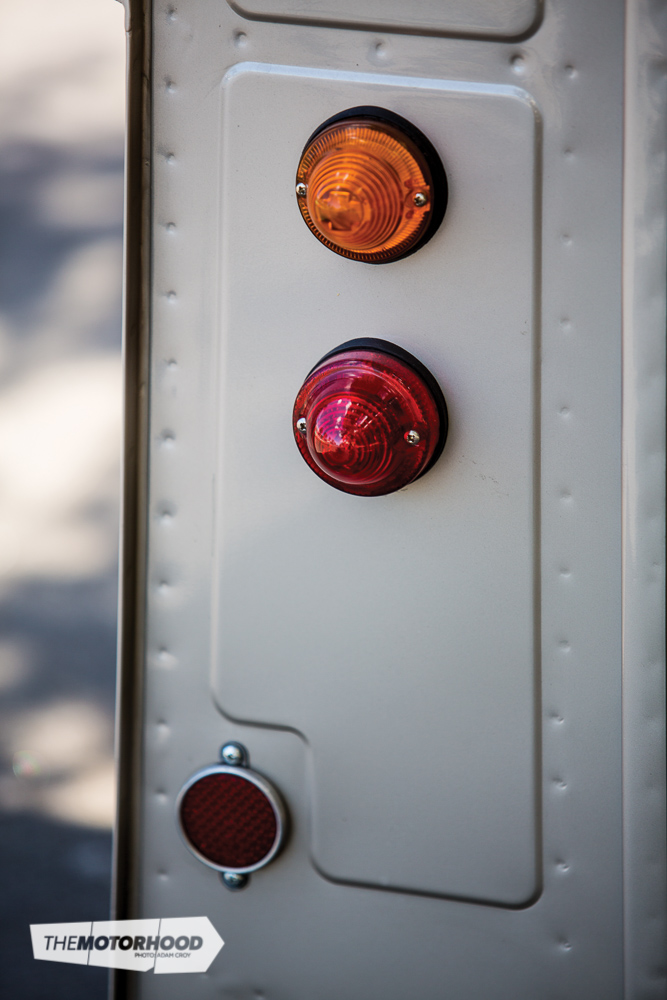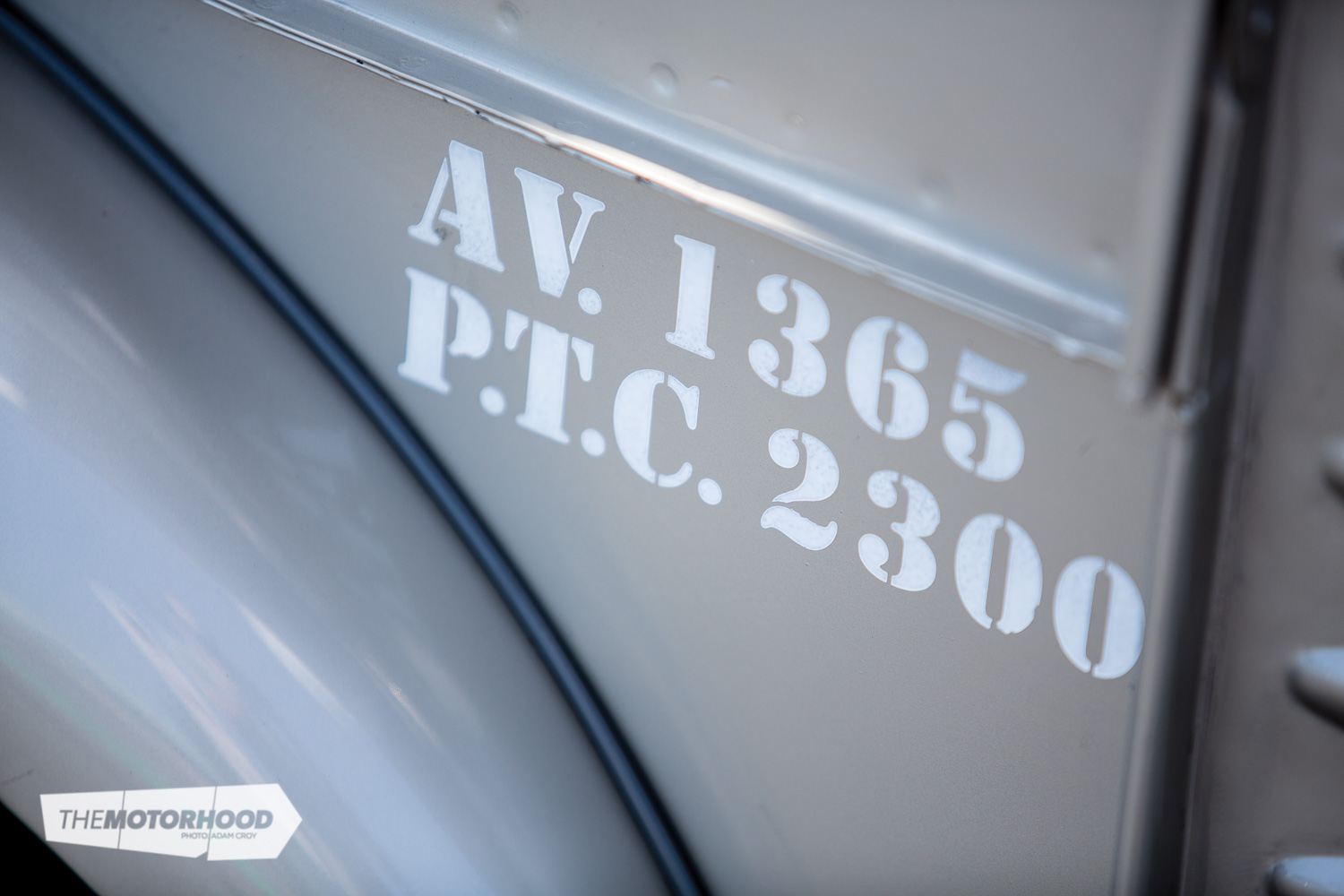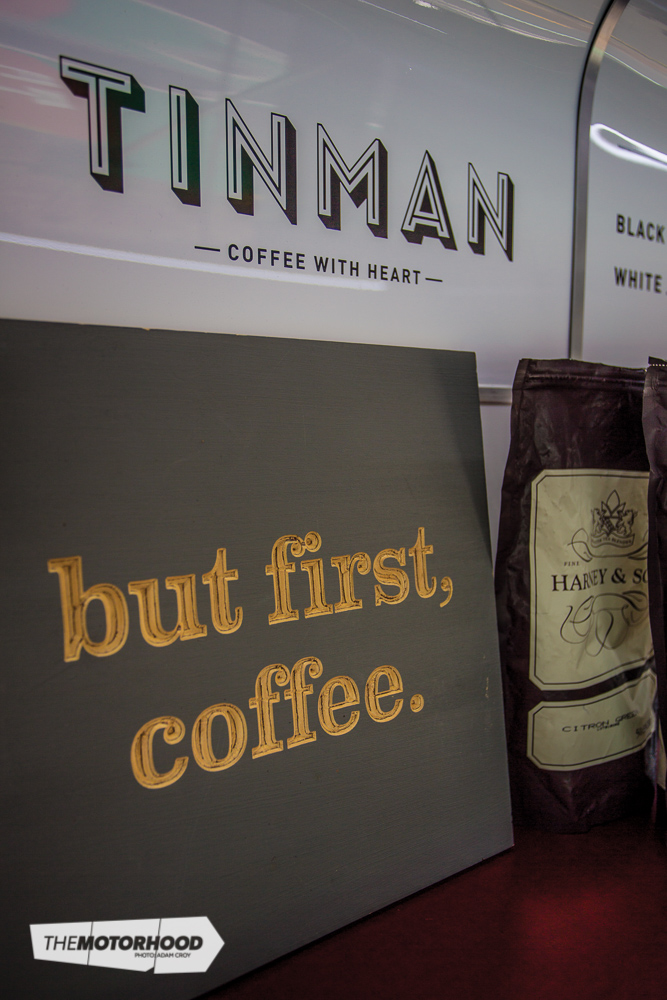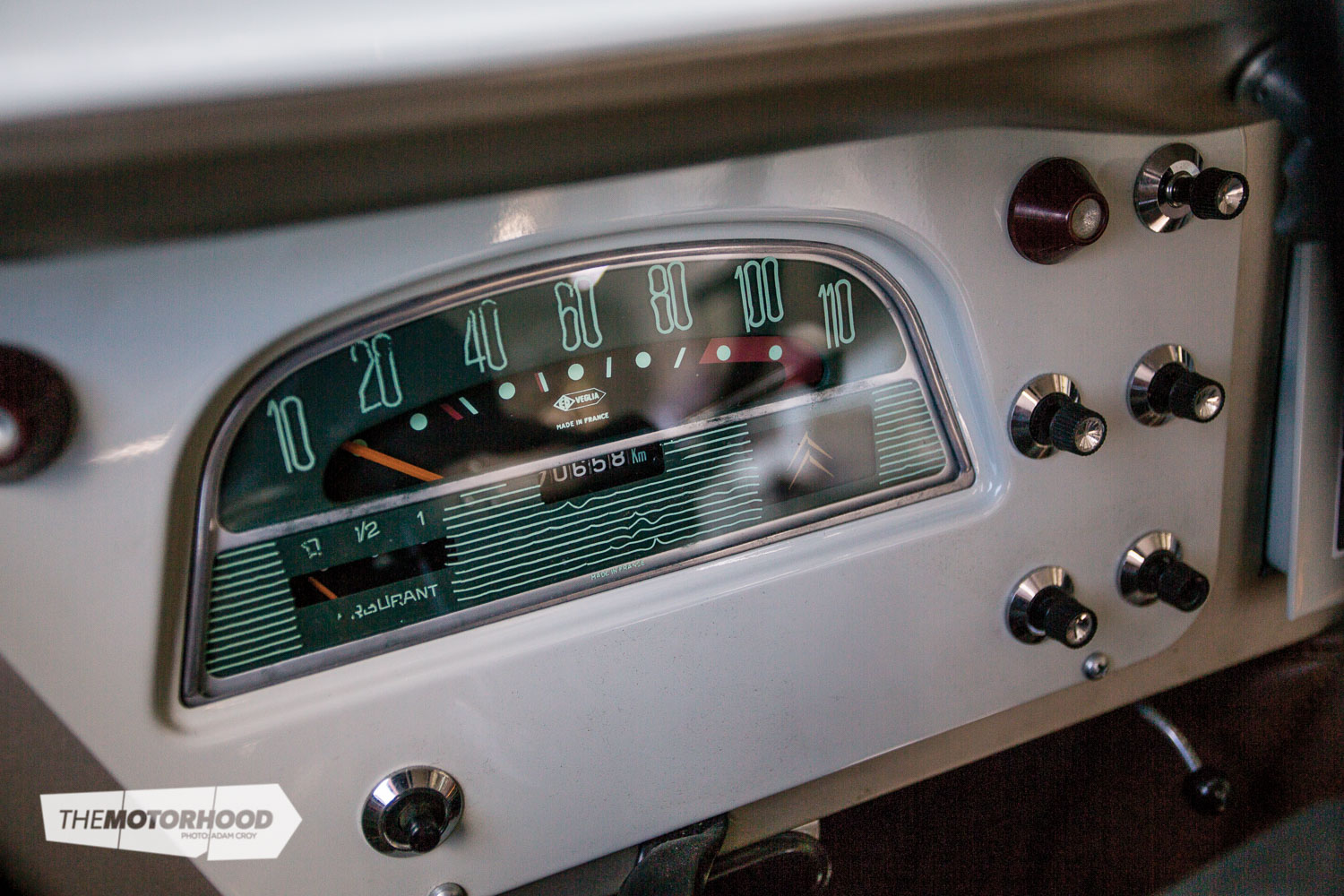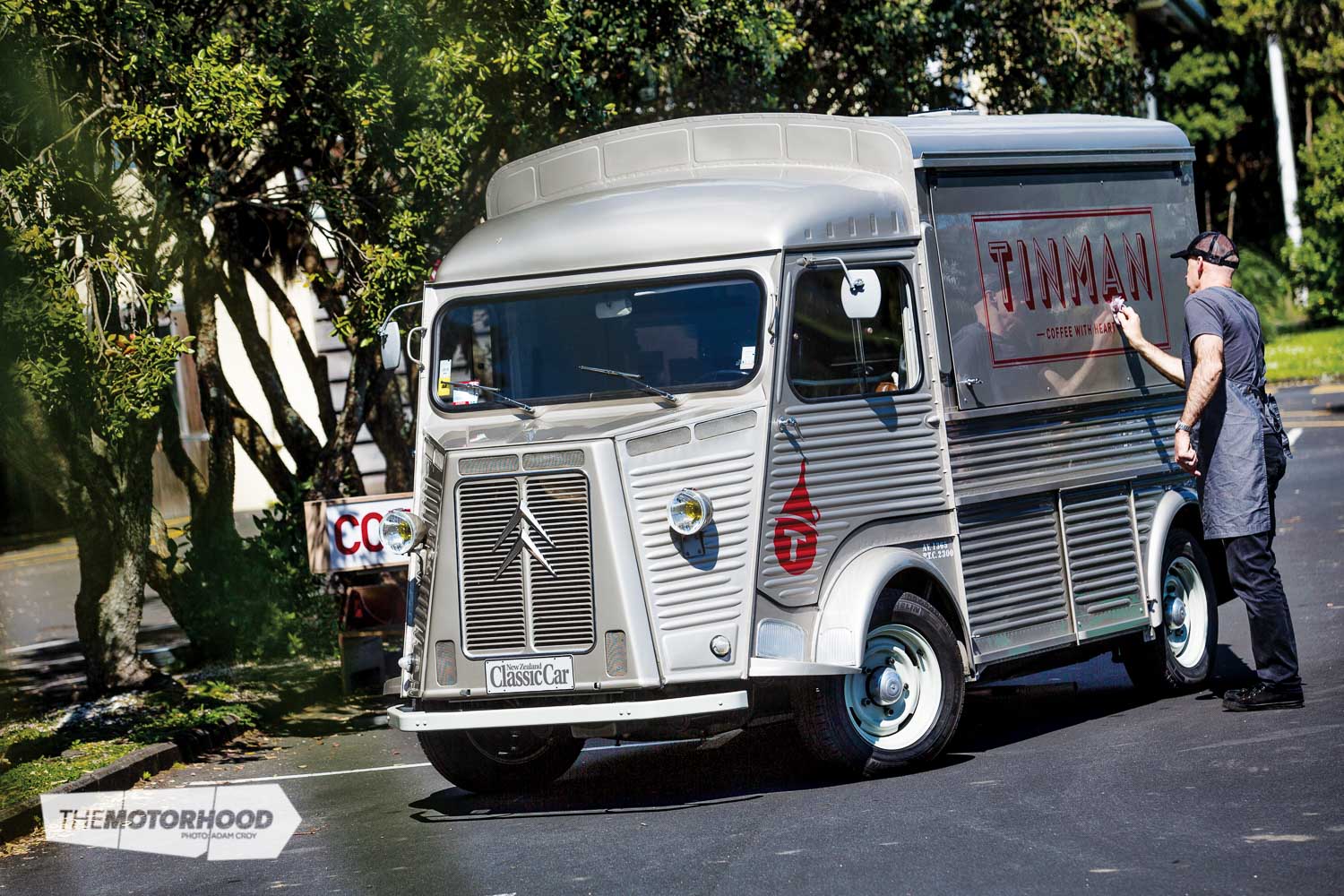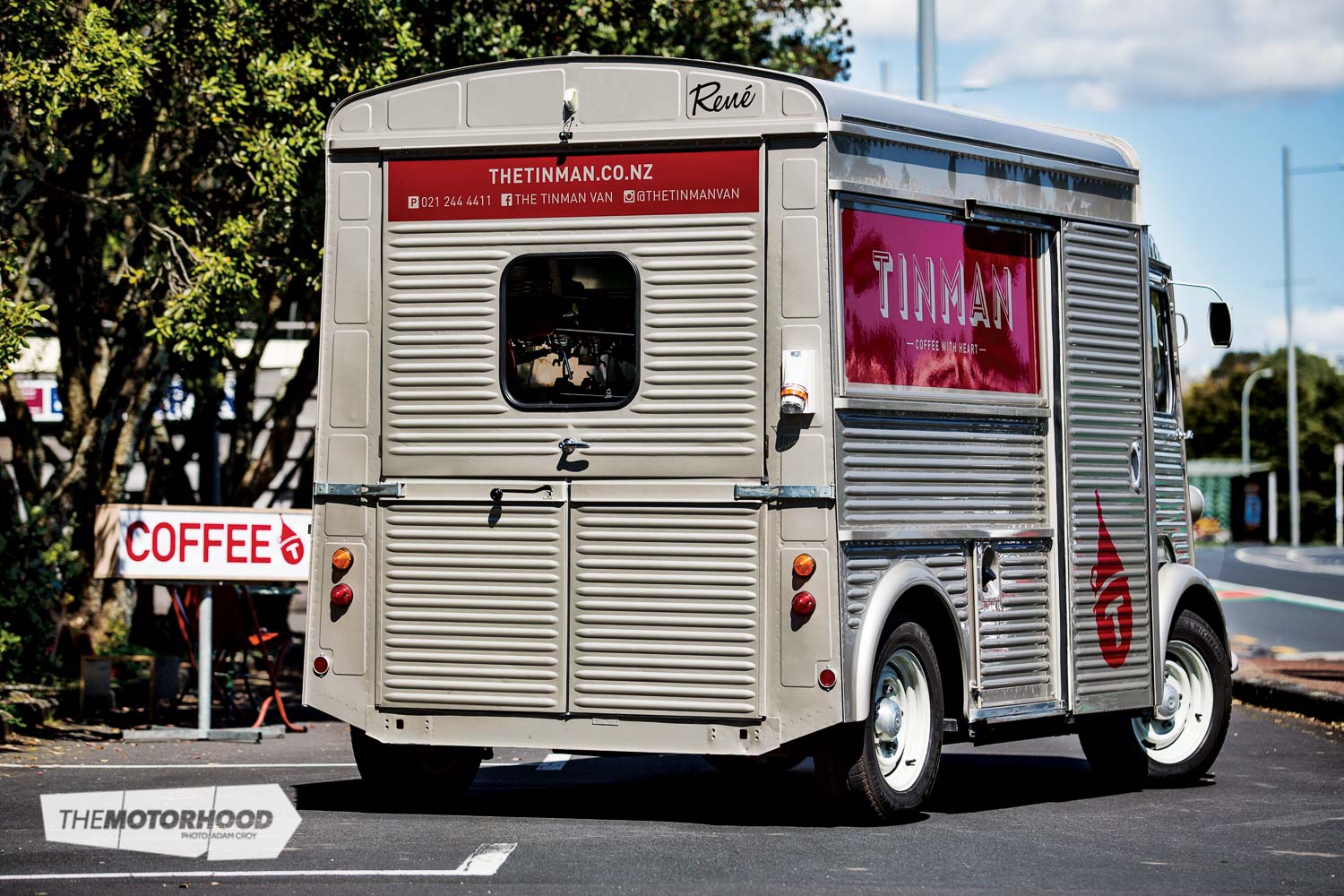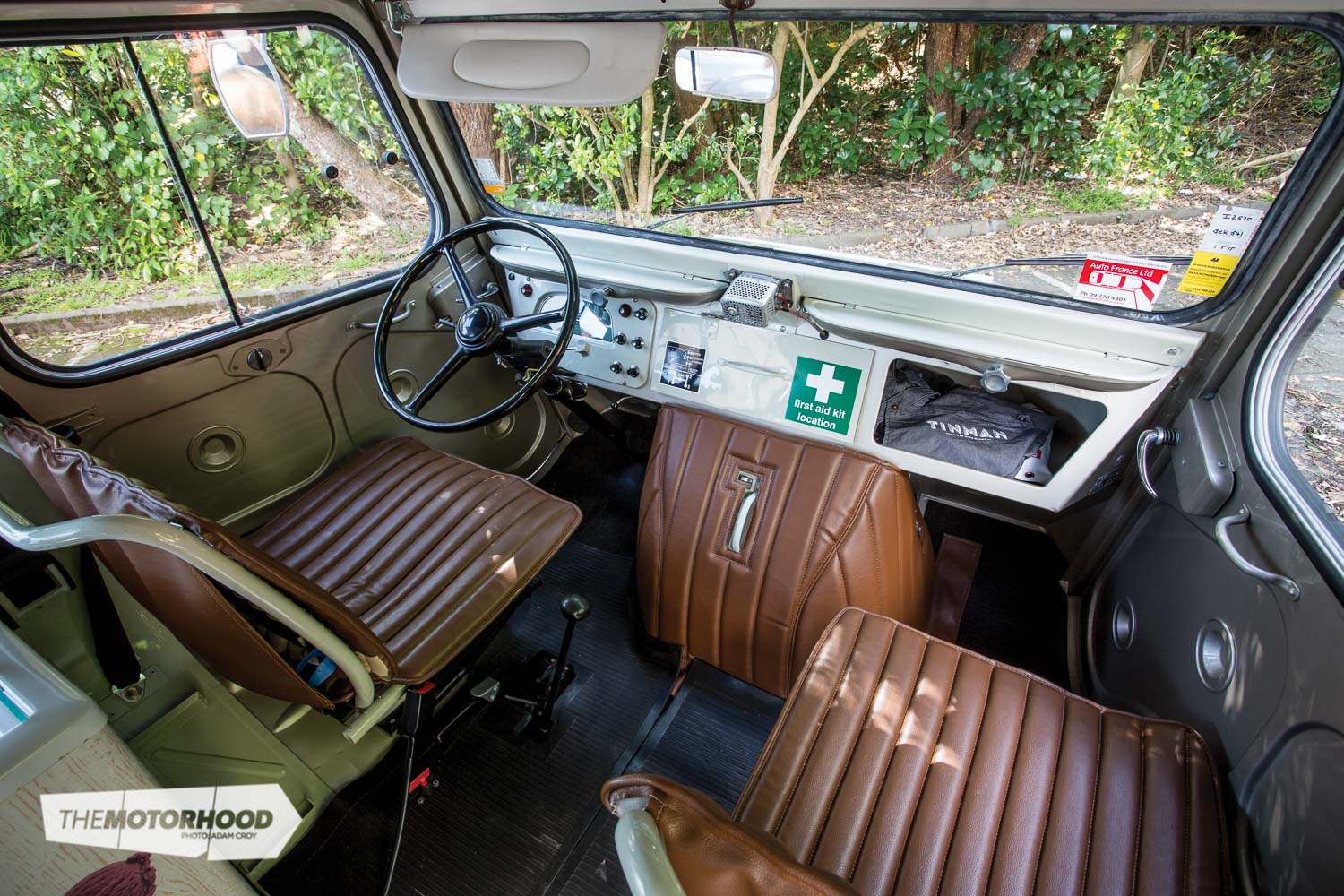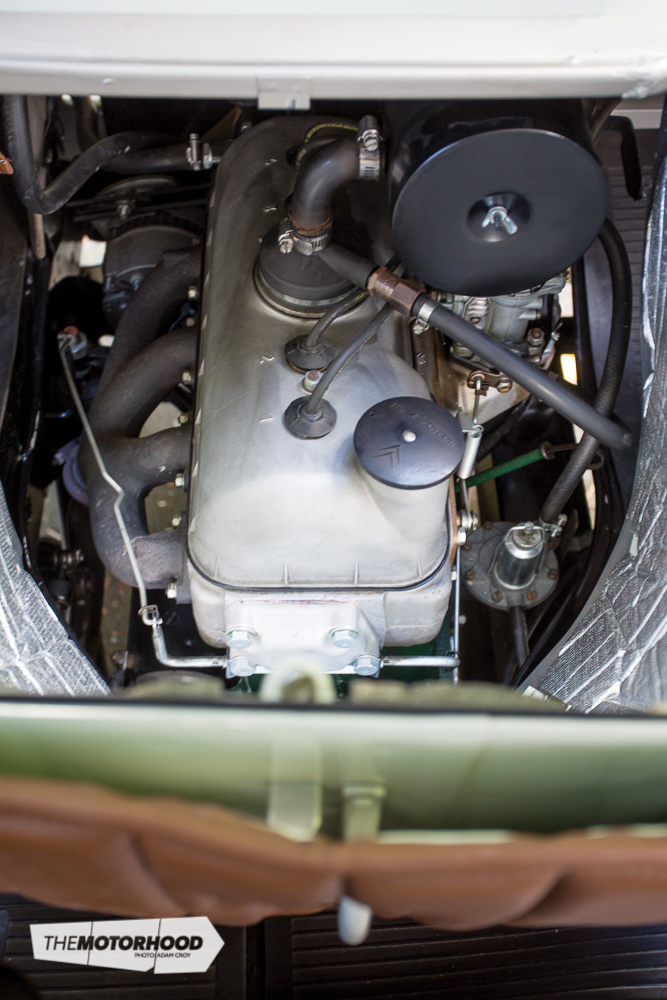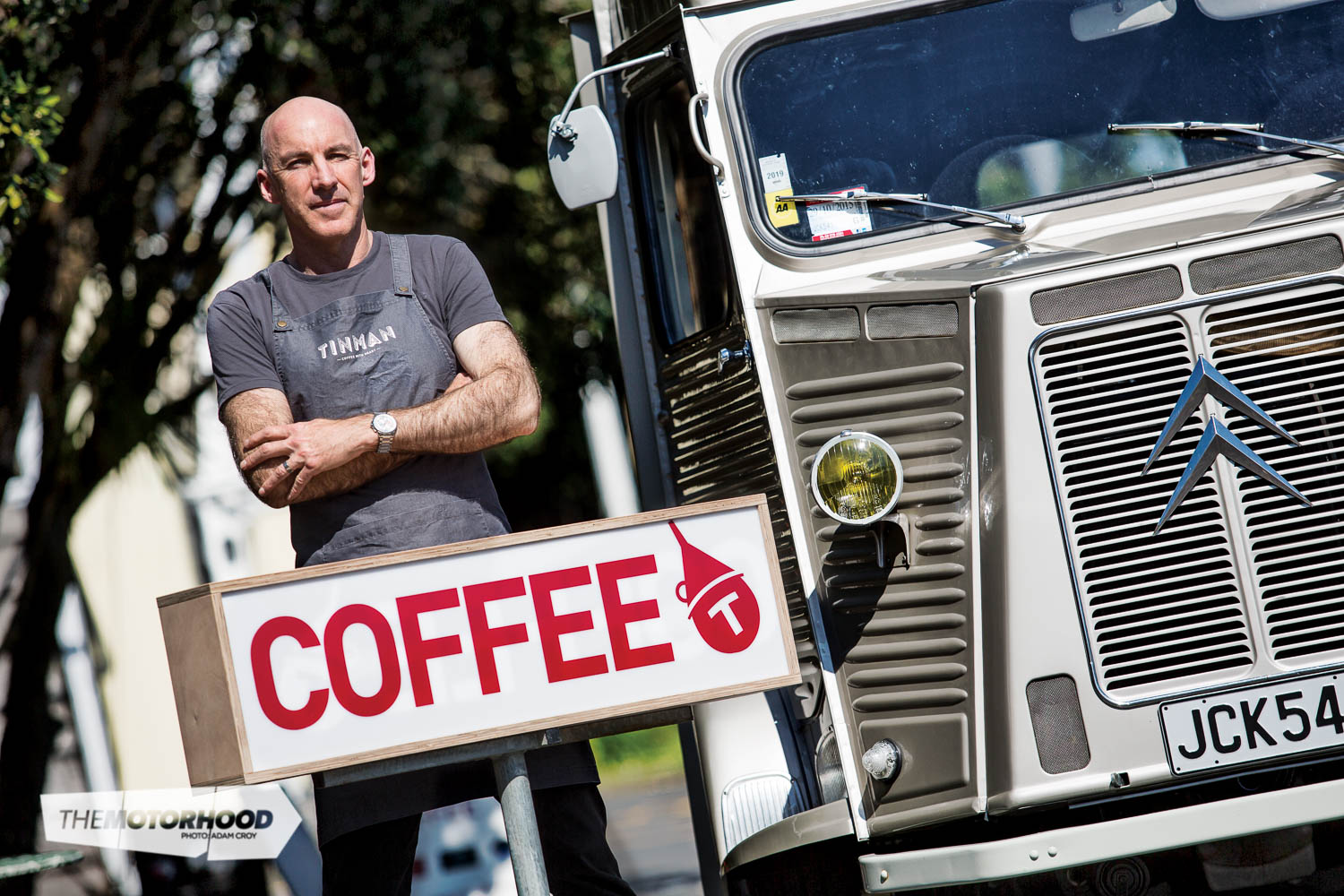
data-animation-override>
“Ashley and Adam slip out for a double-shot espresso and catch up with a barista
who serves up the caffeine classic style”
Those of you who regularly visit Auckland’s Tamaki Drive will, no doubt, have noticed this iconic 1967 Citroën H Van parked up at Okahu Bay. Not only does this magnificently restored vehicle serve up the best organic Kokako coffee to go but it also always has a tantalizing assortment of fresh muffins on offer and, during the summer months, several flavours of Kapiti ice cream for those wanting more than just their usual morning caffeine fix.
It’s all a labour of love, and the Citroën, aptly named ‘René’ — French for ‘born again’ — by the owner’s wife, is a magnificent sight and attracts plenty of attention from passers-by. With this in mind, we couldn’t resist the urge to take a drive and check out René and its creator, John Martin, aka Tinman.
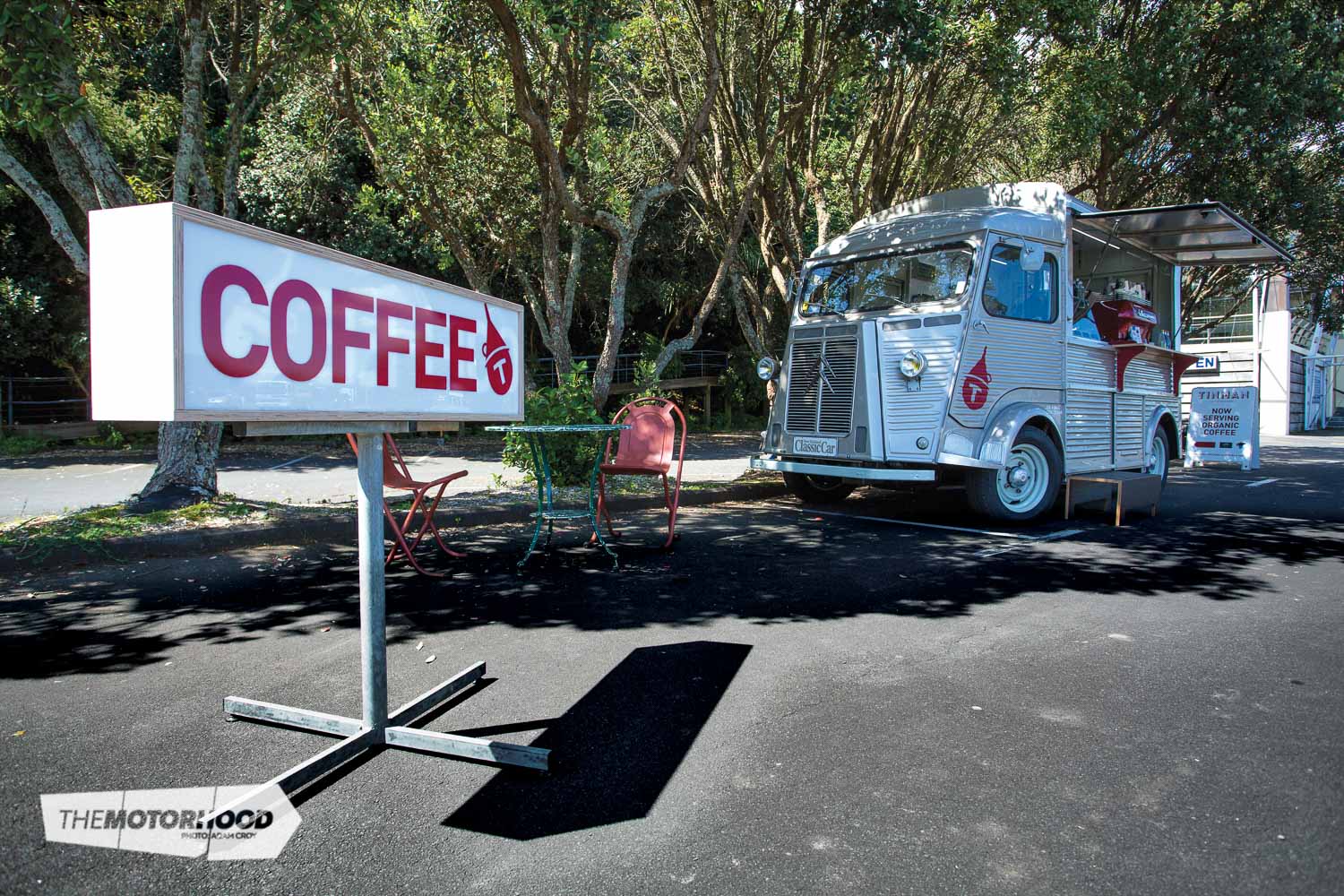
Caffè crema
John Martin’s passion for classic cars began when he was 18 years old and decided to go rallying in a Mk1 Escort. John built the car himself, including the engine, and, like most of us in our younger days, blew most of his money on his car while competing in rallies around the North Island, both locally and nationally organized events.
After about four years of local rallying, John headed off for his OE and, while in England, secured a job at the home of British motor sport — Silverstone — working for a factory-backed race team owned by Andy Dawson.

Andy achieved renown during the ’70s and ’80s as a World Rally Championship driver and also competed in New Zealand. During the late ’80s and ’90s, he began to lean more towards circuit racing and, in 1987, bought a formula Ford that he transformed into a front-running car. From there, he moved on to Formula 3, and his team, Dawson Auto Developments (DAD), entered the 1988 British Formula 3 championship with a Ralt RT30. DAD ran Portuguese driver Antonio Simoes in the British Formula 3 Championship in 1989 and enjoyed further success in the same series in 1990.

John worked for Andy Dawson’s team for about eight months then, with some money in his back pocket, headed off to explore Europe — an experience that included helping to sail a catamaran from Holland down the coast to England. Alas, all good things must come to an end, as they say, and, in 1990, the time came for John to return to New Zealand.
After a couple of years back home, John was in a position to buy a Sunbeam Alpine — a car that he kept for a while — but he yearned for a project, something special, something unique, and — hopefully — something that might even generate an income. This got him thinking.

Café au lait
It actually didn’t take John long to join the dots and come up with an idea. He liked coffee, he enjoyed restoring things — he’d previously restored a villa — and he loved classic cars. John had also worked for a local ice-cream manufacturer for a few years and learnt a lot about mobile vendors and what it takes to be successful at that type of game. Bearing all that in mind, his final decision could be seen as a bit of a no-brainer!
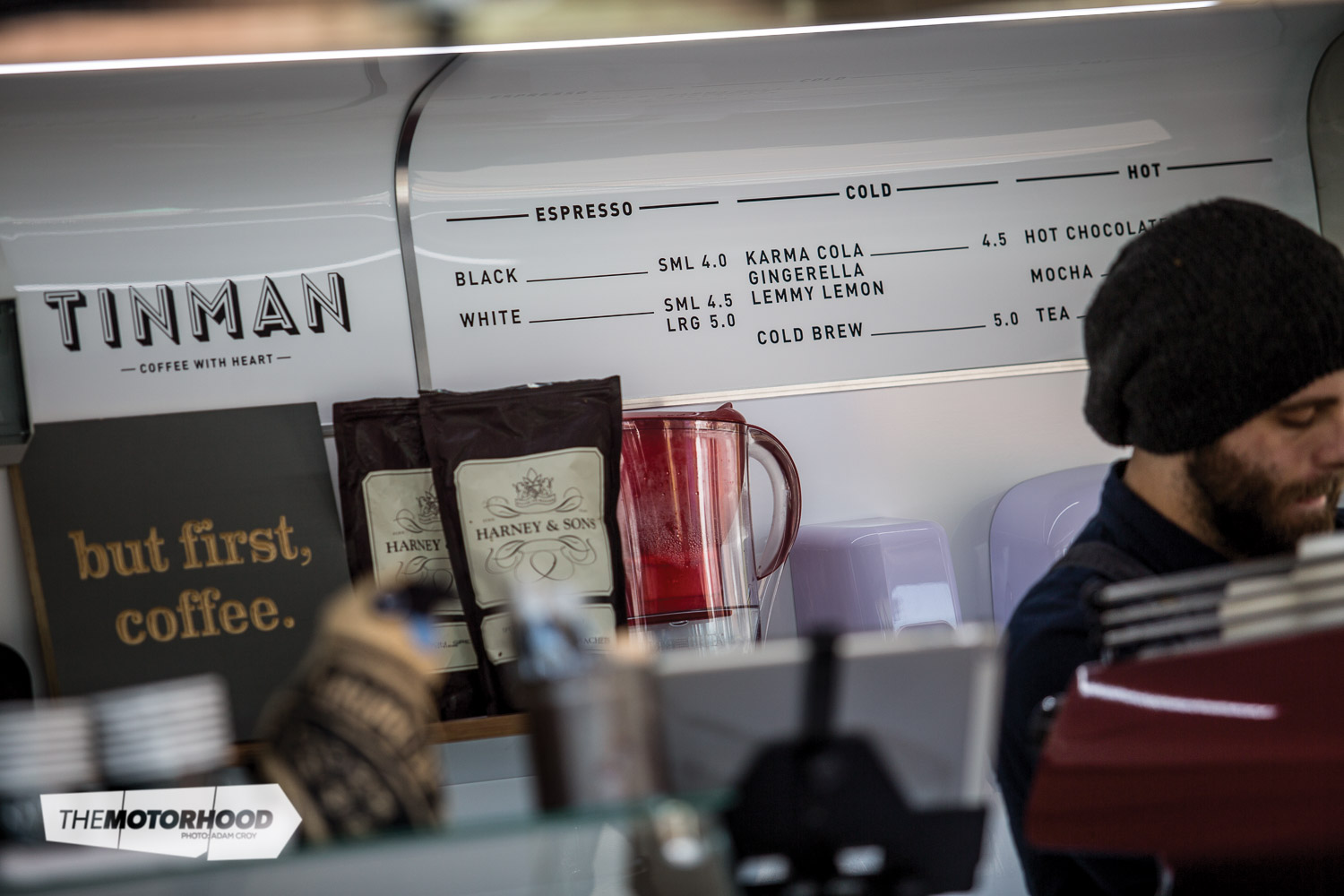
John had developed a taste for Kokako coffee and, after concluding that there had to be a better way to offer coffee, he got talking to Mike Murphy, owner of Kokako Roastery in Grey Lynn, about converting an American postal van into a mobile coffee van. Mike suggested that John should look for something unique and suggested that he try to find a Citroën H Van. Not knowing all that much about these vans, John did know that the vehicle he wanted had to be interesting, eye-catching, and different. He turned his attention to the internet and, after looking at a few examples, knew he’d found the perfect vehicle for his project; thus the search began in earnest.
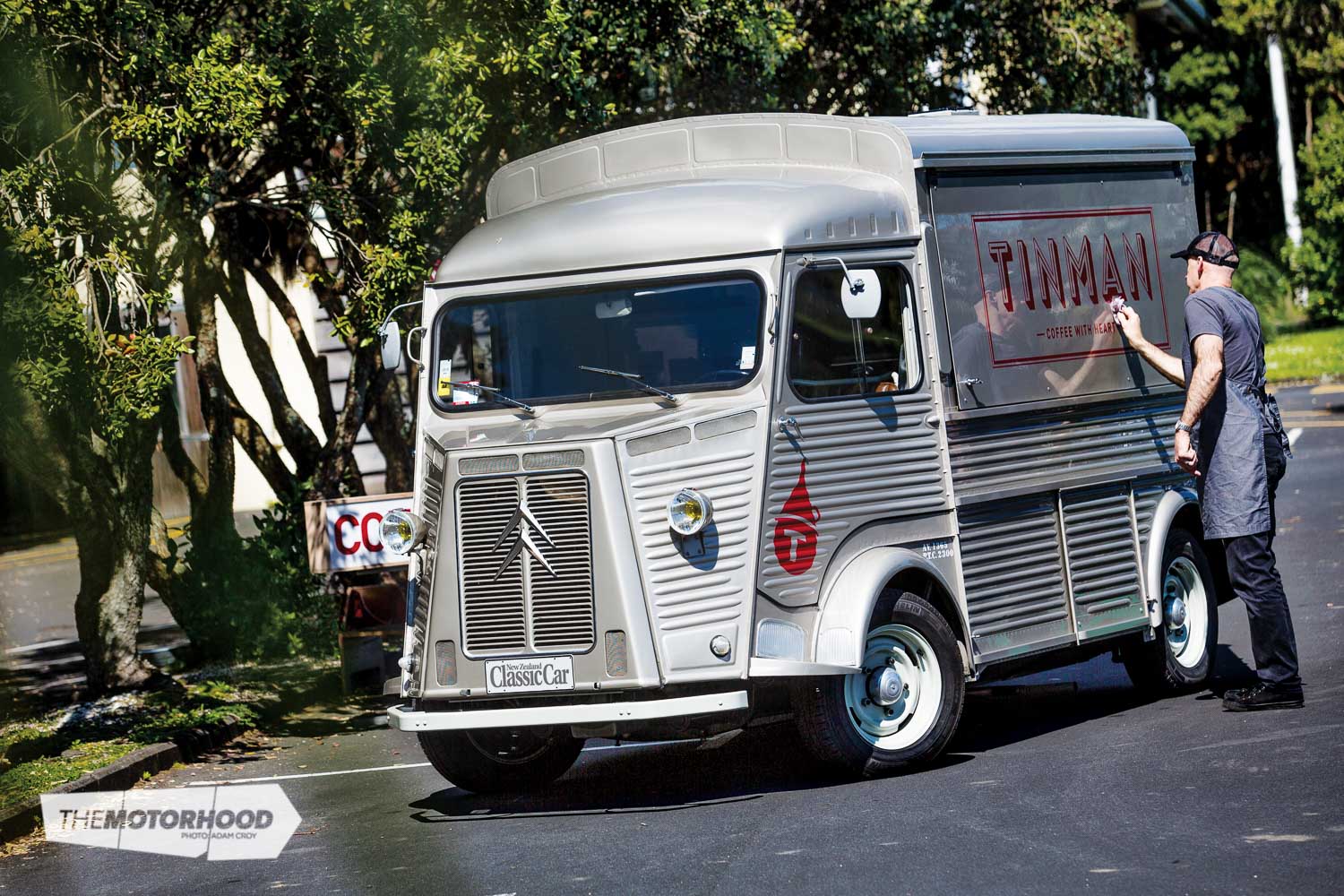
For those unfamiliar with these Gallic vehicles, they are utility vans that were designed in 1947 and sold across France and Europe for 34 years. Around 500,000 of them were produced, but only a handful ever made it to New Zealand. John’s search found him checking out a few European traders before finally talking to an ex-pat Englishman living in Europe who dealt in spare parts and vans. Although he had nothing of interest to offer John, he was willing to check out an H Van in Holland that had only 68,000 kilometres on the clock. This one-owner Citroën was originally used by a carpenter located in arguably the most irresistible part of France, Provence — a region that ranges from the snow-capped mountains of the Southern Alps to the delta plains of the Camargue and boasts Europe’s greatest canyon, the Gorges du Verdon.
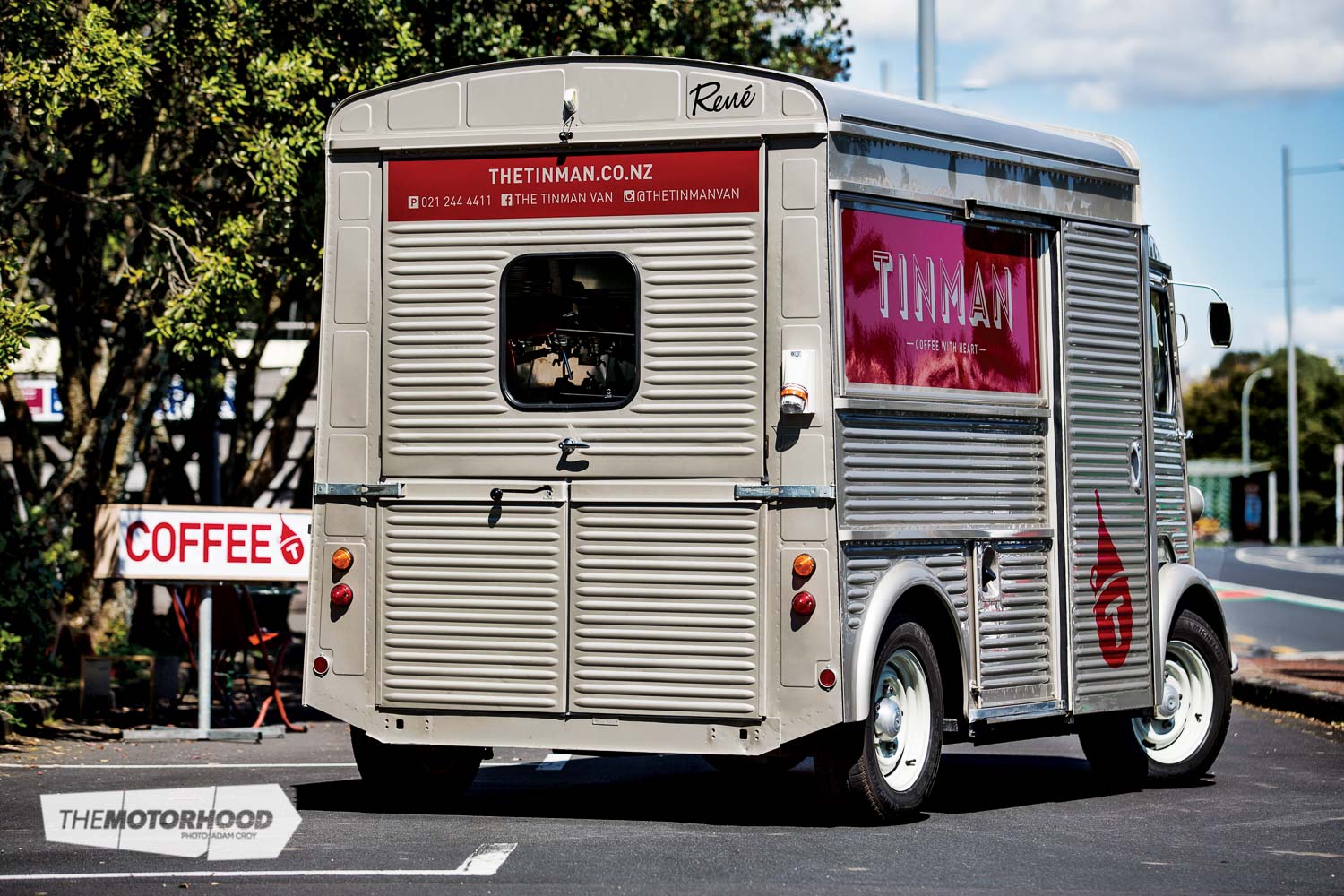
John surmised that, after serving its owner for about 25 years, the trusty H Van had been retired from active duty and left neglected in a paddock for a further 20 or so years before being rediscovered. Nonetheless, he knew that this was the vehicle for him and proceeded to have it shipped to New Zealand. On its arrival on our shores in June last year, John found, not surprisingly, that the H Van was in a sorry state, to say the least. The years in retirement had taken their toll on the Provençal carpenter’s former delivery van — evident from the many signs of rust and a seized motor.
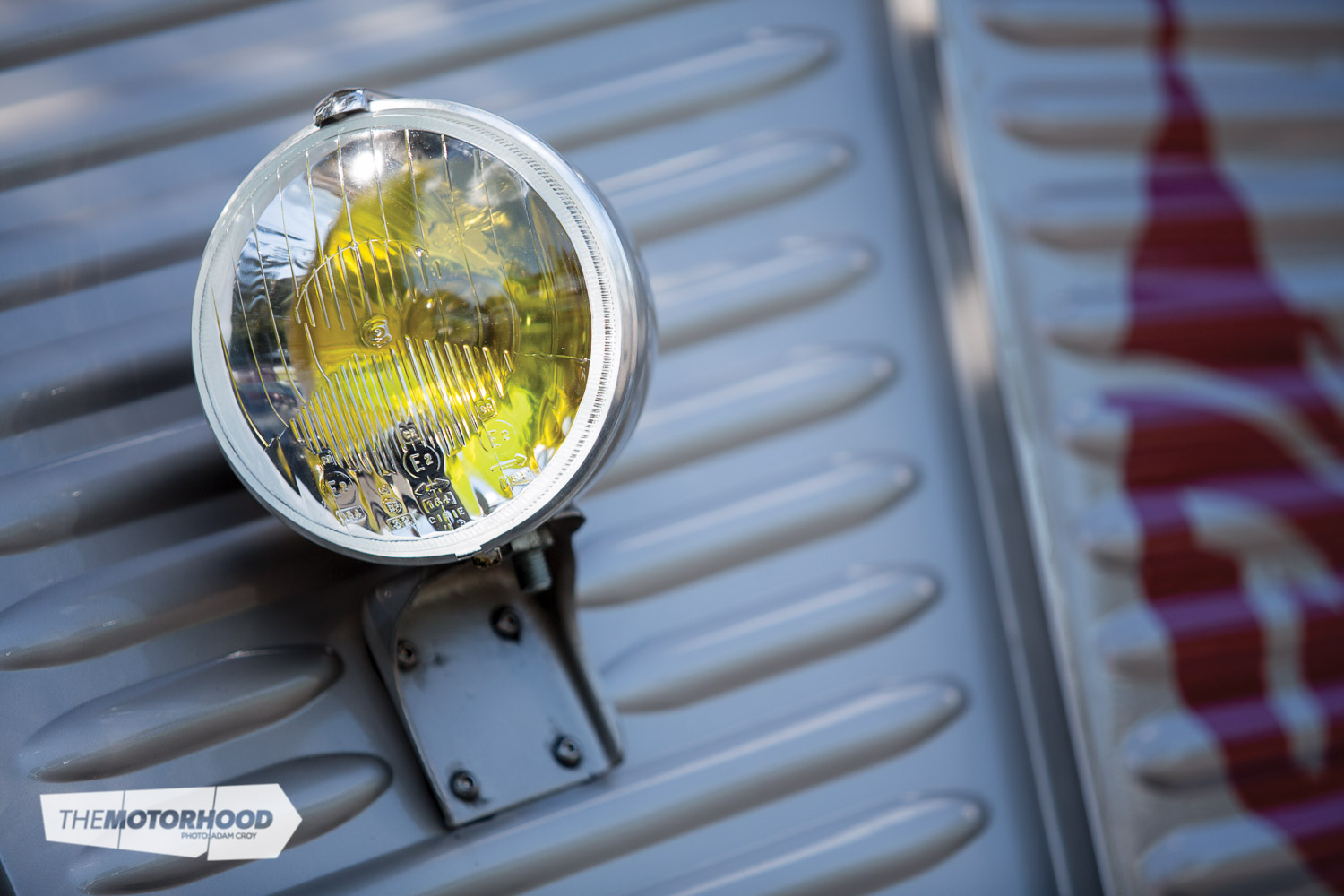
Ristretto
Undeterred by the mammoth task ahead, John proceeded to strip the van apart — but, the further he got, the more rust he discovered. The plan was to raise the roof of the van, utilizing the new panels John had imported and for him to do the job, but, once the van was fully stripped out, John realized someone with more advanced metal-fabrication skills than he possessed would need to take over the project.
Media-blasting specialist JetBlast recommended Tony Katterns and Workshop Manager Greg Wells at Custom Metalshapers as the ideal team to take on the project. John wasted no time in contacting Tony, and, before long, the team at Custom Metalshapers was making good progress in restoring the Citroën. After the first week, John, still keen to stay involved in the restoration, was able to camp out in the Custom Metalshapers workshop and help out whenever possible. John is eternally grateful for that — he reckons he owes Tony and Greg a lifetime’s coffee, as he went well beyond the call of duty!
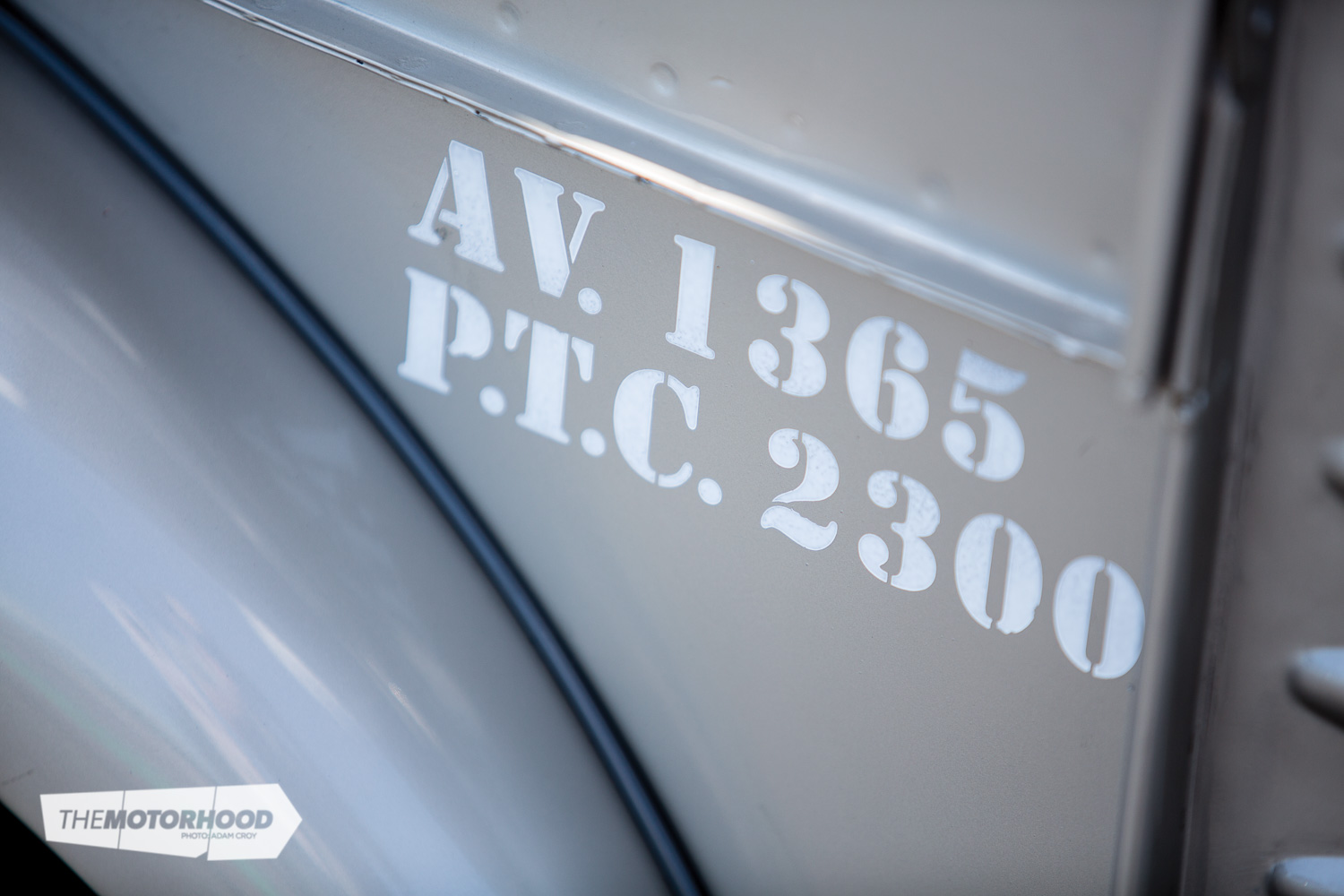
Once the roof section was removed from the van, the next task was to attend to the rust, which, unfortunately, had worked its way into pretty much every nook and cranny of the body. JetBlast attended to the roof, doors, and other various items by sandblasting them back to bare metal, while the team at Autoblast prepared and etch-primed the cab, side panels, and entire underside of the body. Tony was able to fabricate many of the new panels required as well as import and fit new repair panels for the reconstruction. During the months of work, John discovered a 1968 French franc lodged in the door and couldn’t help but imagine it rattling around the quaint roads of Provence for decades before making the trip to New Zealand.
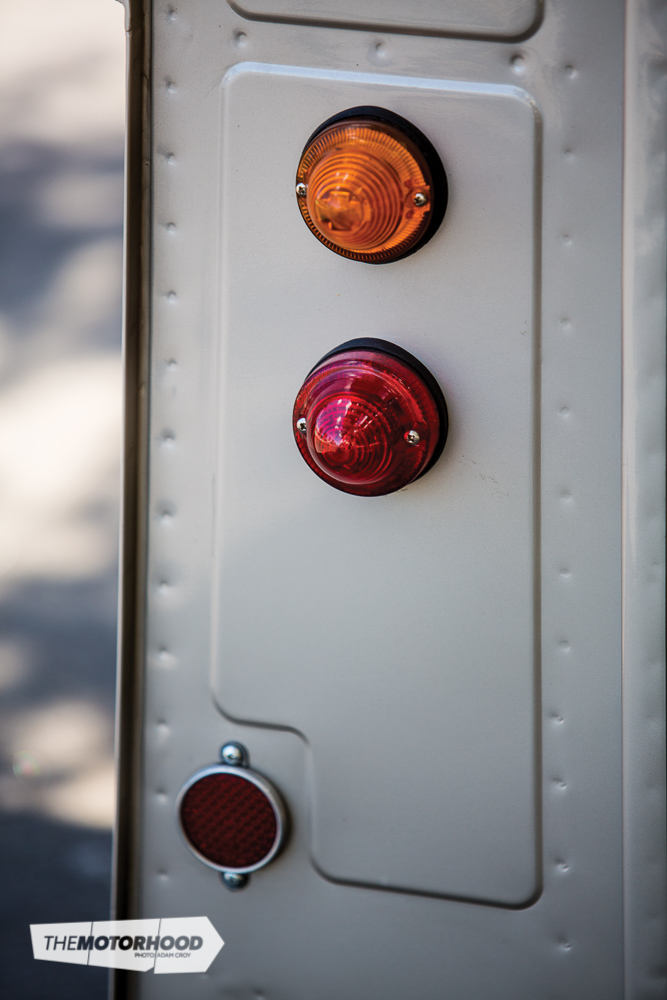
While the body was being rebuilt, David Jones from Auto France was working away on the van’s entire sub-frame assembly, including the engine, gearbox, steering, and front suspension.
Once the bodywork was completed, it was transported to Fleetline Spraypainters — situated next to Auto France in Wiri, South Auckland — for a final paint finish. Once again, John was permitted to help out, and he spent many hours toiling away, preparing panels for paint with a bucket of soapy water and sandpaper.

John had been fortunate enough to find a panel inside the van that still bore the original paint colour — Gris (French for ‘grey’) Metallic — which John Massey from Otbury Refinish Solutions matched perfectly. Sikkens paint was specified and supplied to Fleetline Spraypainters for application to the body. The van also retains the circular aluminium disc with the AC109 colour code.
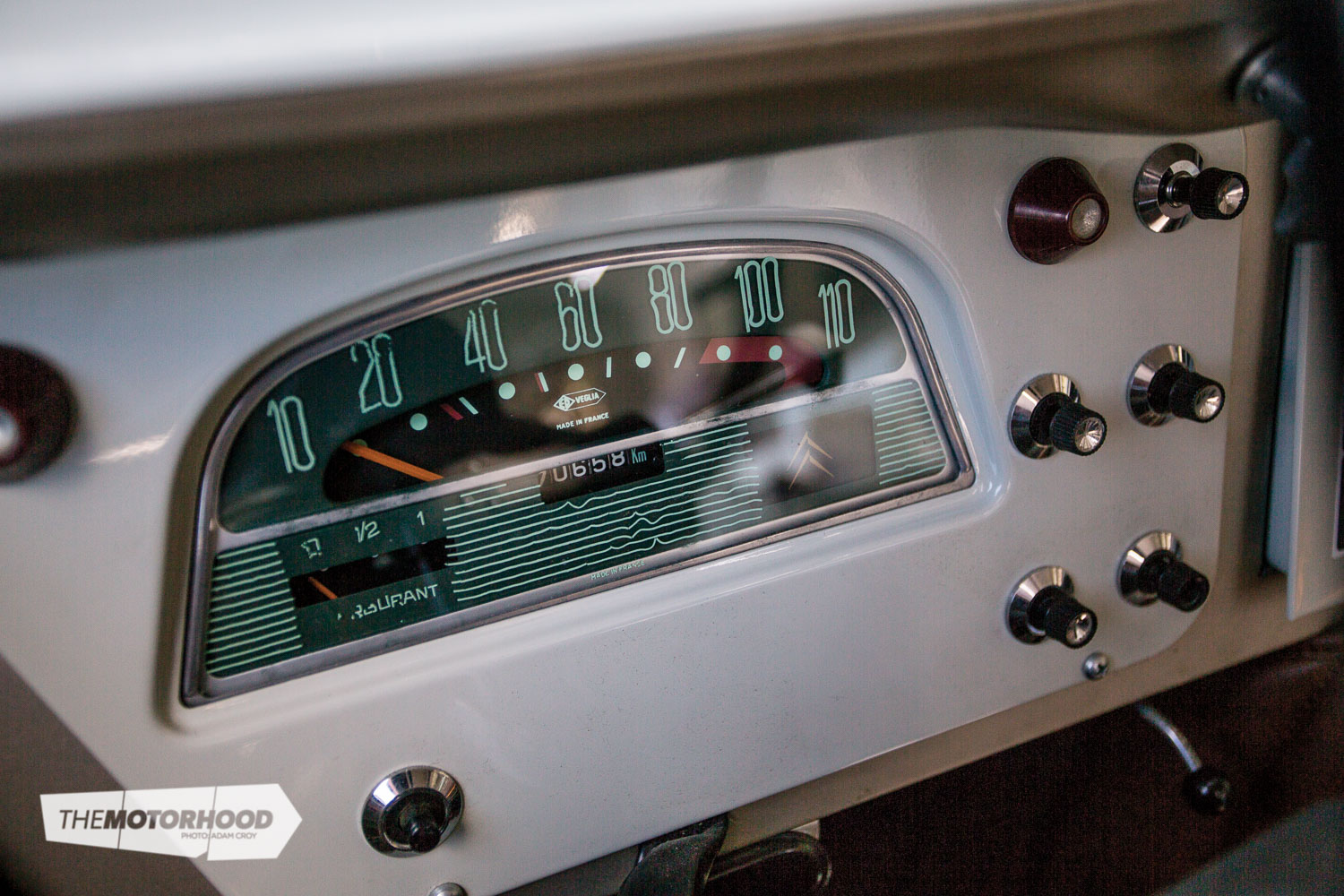
Meanwhile, next door at Auto France, the van’s 1628cc four-cylinder engine was being completely rebuilt to original specifications. As luck would have it, David Jones knows a slightly eccentric Citroën wrecker in Hamilton who had worked on classic Citroëns for many years and just happened to have a set of new–old-stock pistons, liners, gudgeon pins, and rings, still wrapped in the original wax paper, that were perfect for John’s particular model of H Van. More importantly, the wrecker was willing to part with these rare items.
The van’s three-speed manual gearbox also received some attention with new outer bearings, as John decided it didn’t need a total rebuild.

New reproduction shock absorbers were fitted all round, and John managed to find a new–old-stock steering rack and driveshafts. New reproduction brake hoses were fitted, along with stainless-steel brake lines and relined brake shoes. Throughout the mechanical rebuild, David allowed John to help as much as possible, with John effectively becoming David’s new part-time apprentice, being guided by David with his 30-plus years of Citroën experience.
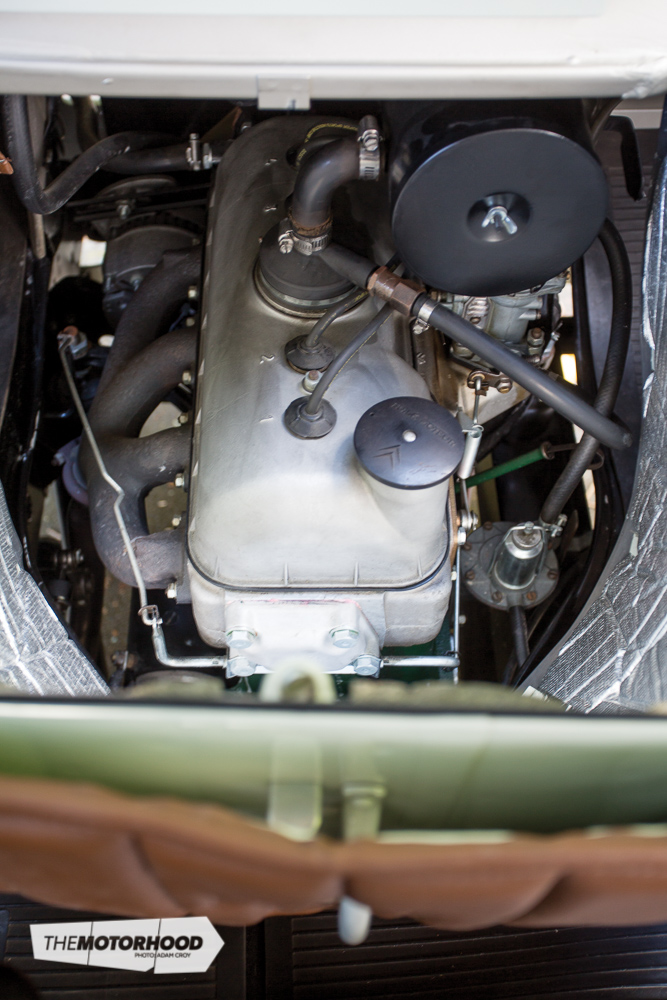
Café complet
The next stage of the process was to tackle the interior fit-out. John chose to restore the front of the van to its original state but designed the concept for the rear portion. The specially designed cabinetry was built by Cam Coldicutt at Cabinetree, and John fitted it himself. The roof was fully insulated to prevent the inside of the van turning into a sauna during the summer months, and LED lights were fitted. The finishing touch — and probably the most important, as it would enable John to serve the finest organic Kokako coffee to his customers — was a state-of-the-art, high-end La Marzocco espresso machine.
In June this year — less than a year after the Citroën H Van arrived in New Zealand — the first customer was being served, testament to John’s vision and commitment to creating something very special.
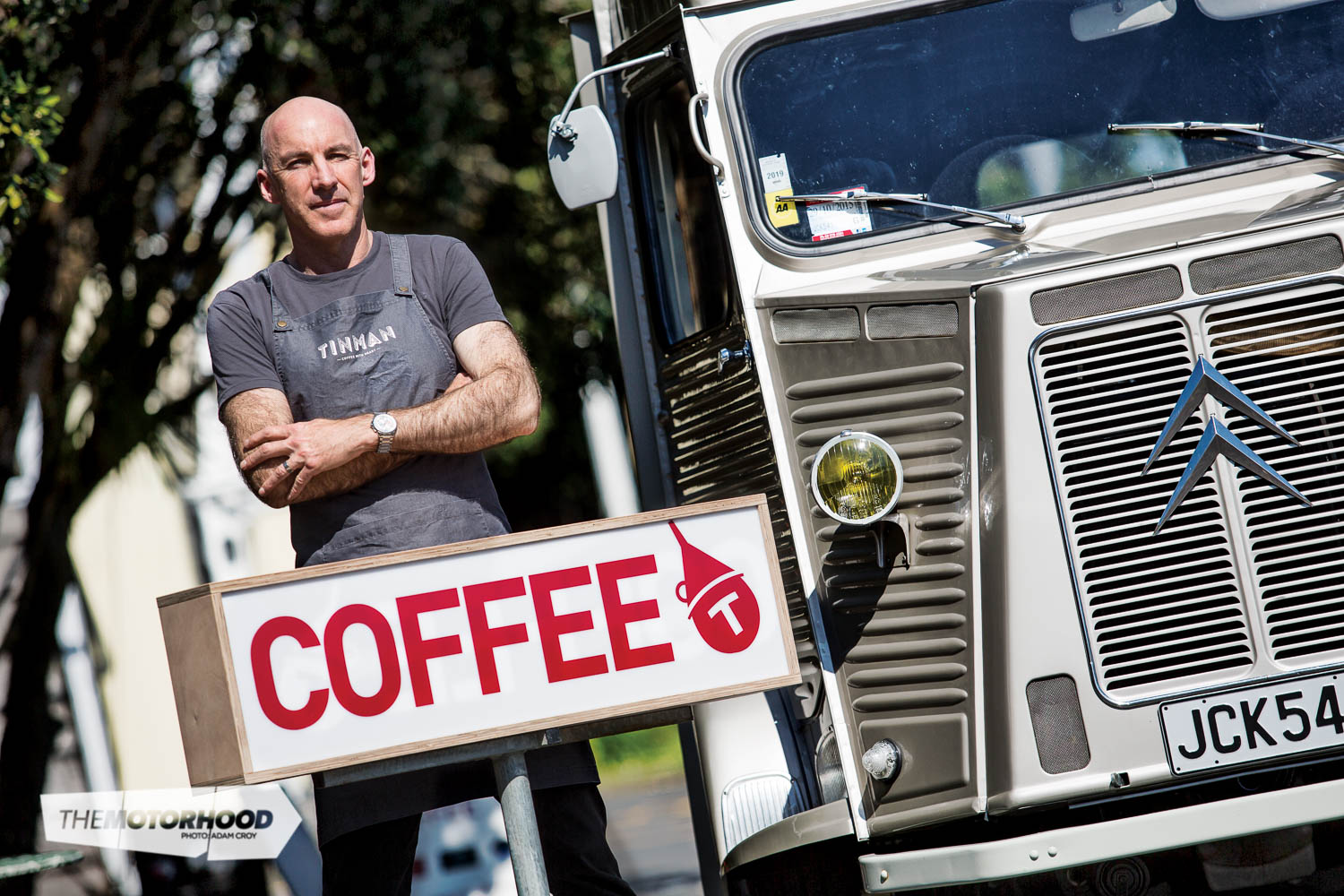
1967 Citroën H Van (HY72)
- Engine: Four-cylinder, in-line
- Capacity: 1628cc
- Bore/Stroke: 72x100mm
- Valves: Overhead; aluminium head with hemispherical combustion chambers
- Max. power: 43.25kW at 4500rpm
- Fuel system: Petrol, mechanical pump
- Transmission: Three-speed manual, front-wheel drive
- Suspension F/R: Torsion bars; four shock absorbers /two shock absorbers
- Steering: Rack-and-pinion
- Brakes F/R: 12-inch finned drum
Dimensions:
- Overall length: 4260mm
- Width: 1990mm
- Height: 2370mm
- Wheelbase: 2500mm (L) / 2536mm (R)
- Track F/R: 1610mm/1650mm
- Kerb weight: 1400kg
Performance:
- Top speed: 78kph
This article originally appeared in New Zealand Classic Car Issue No. 299. You can pick up a print copy or a digital copy of the magazine below:
